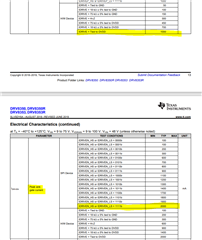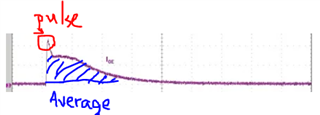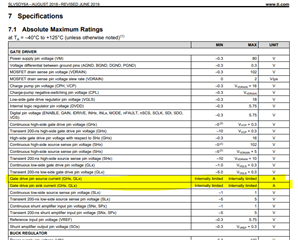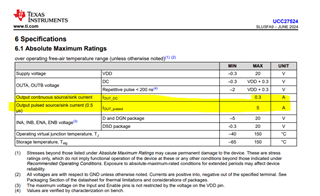Tool/software:
Dear Ti team
First, we're using "DRV8350R" part.
I have a question about this part.
IDRIVE Setting.
As you can see 9.2.1.2.2 IDRIVE Configuration in datasheet
we can calculate IDRIVEP, IDRIVEN values. like bellow Equations.
also, Our MOSFET part is IPTC014N08NM5*2 parallel for 3 phase inverter.
you can see bellow values in IPTC014N08NM5 datasheet.
- Qgd: 45nC (max)
-Rise Time: 15ns
- Fall Time: 46ns
So, I can calculate like this
IDRIVEP = 45*2nC / 4.6ns = 6A
IDRIVEN = 8.8nC / 4ns = 1.95A
Finally, Can I set IDRIVE to "1/2 A"?
I think my calculation result(6A/1.95A), is larger than the setting value(1A/2 A), what should I do in this case?
Did I calculate it right?
I think belows time is too short.
So, I think raise time and fall time are generally about 100 ns ~ 300 ns. like in datasheet (9.2.1.2.2.1 IDRIVE Example) is it right?
=>Could you tell me how much Rise Time and Fall Time should normally be set and calculated?
-----------------------------------------------
In addition, I currently have an external 15ohm Rg resistor in series. By measuring the voltage at both ends, I can get the output driving current as shown in the following diagram:
I would like to ask if the IC is set (1A/2A) and the peak pulse of Turn on exceeds 1A (actually measured is about 2A)
Will this affect the IC? How can I confirm that this will not overload the driver IC?
Or is there nothing to worry about as long as the switch can switch normally?








